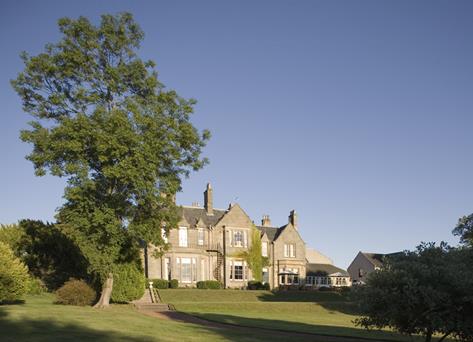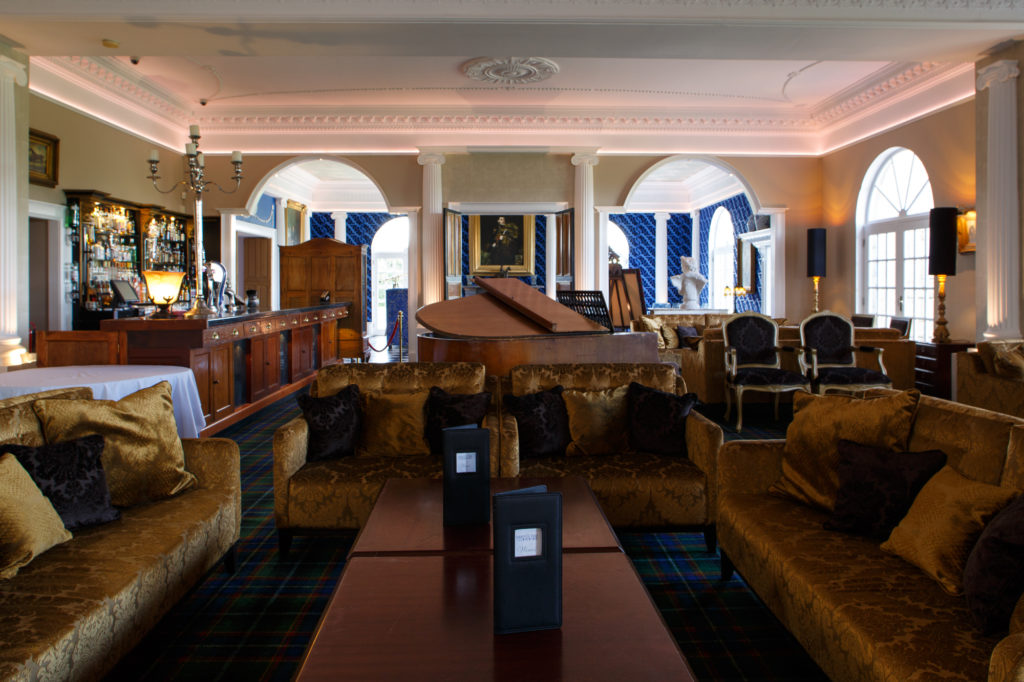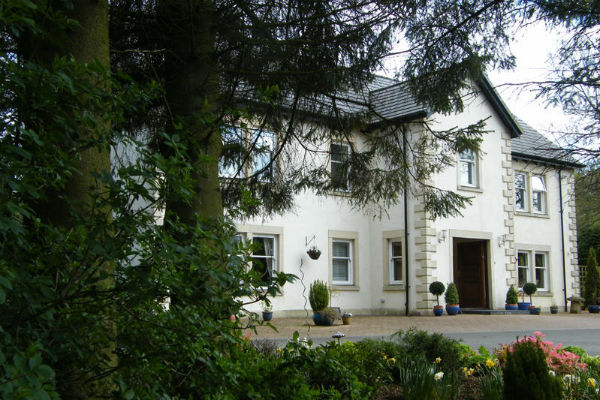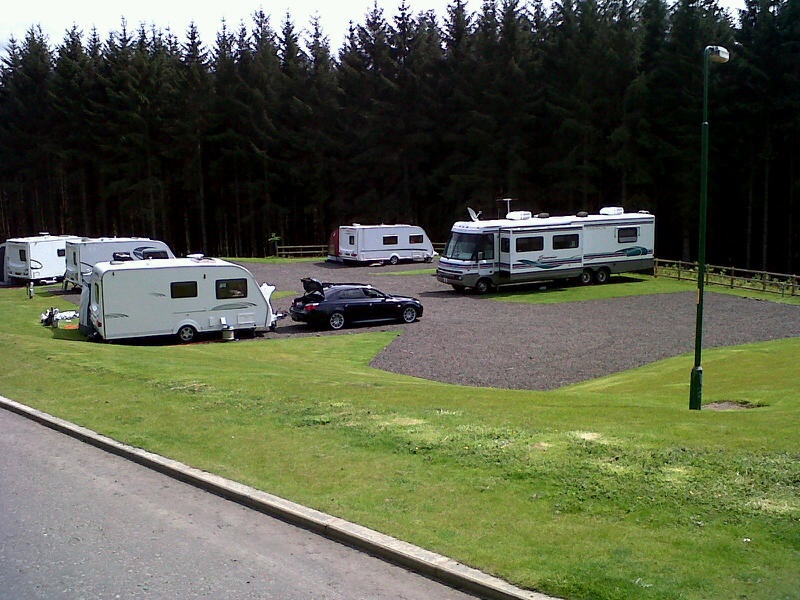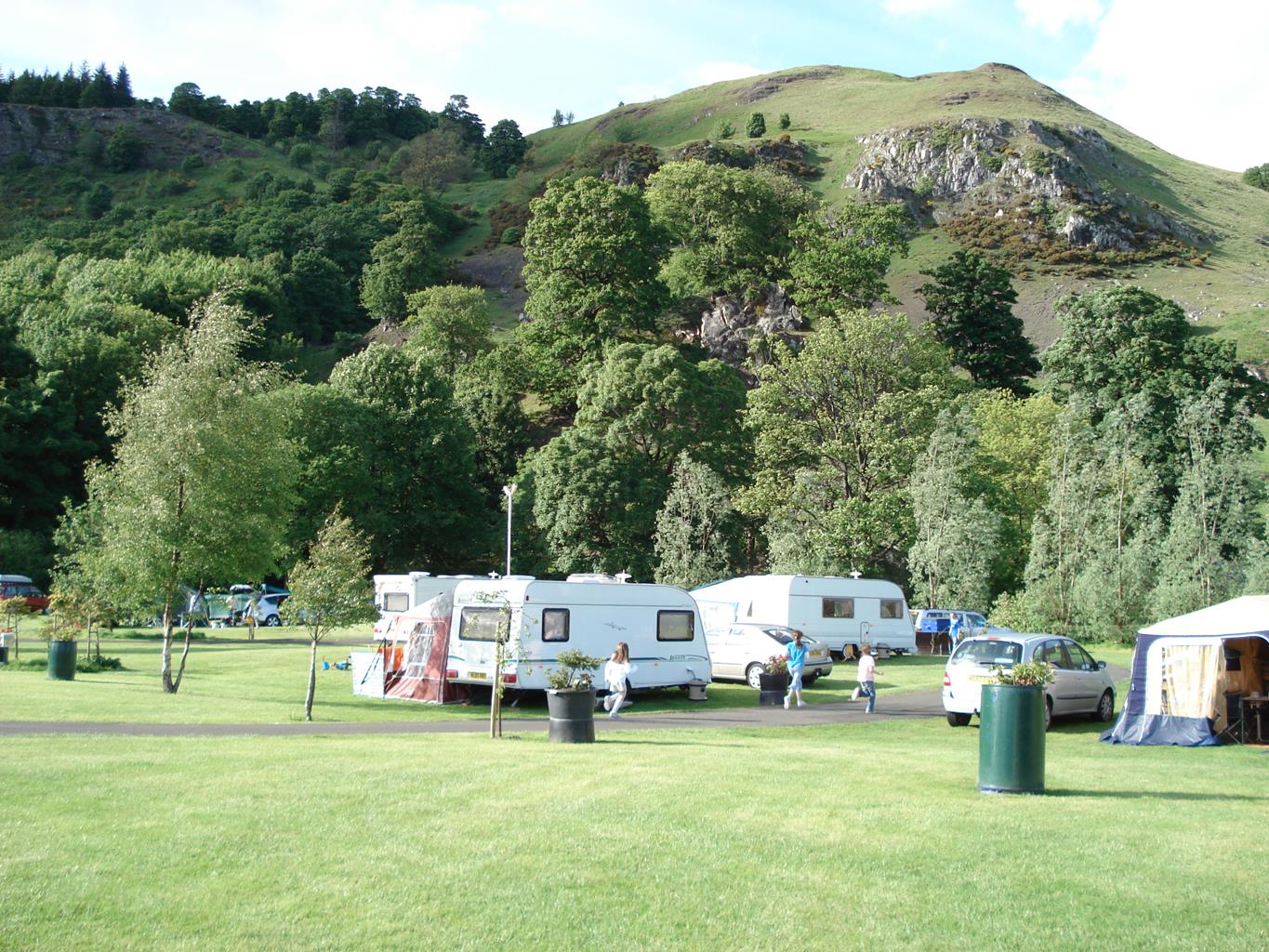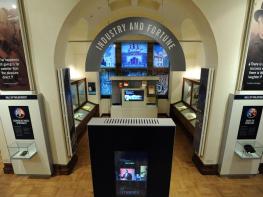Set in 350 acres of spectacular Fife countryside, Forrester Park is a visual and golfing delight…
A circuit of historic Culross

A beautiful Scottish town with many heritage highlights.
3.5 miles (5.7kms)
About the walk
Walking through Culross – pronounced 'Coo-ross' – is a bit like stepping onto a film set. With its cobbled streets and immaculately preserved buildings, it gives you the impression that you've stepped back in time. The pretty houses, with their red pantiled roofs and crow-stepped gables, give the place a Flemish look, a typical feature of Scottish architecture of this period. Despite its neatly manicured appearance, Culross owes its origins to coal mining.
Monks and miners
The mining industry was started in the 13th century by the Cistercian monks of Culross Abbey, and a flourishing trade soon developed. Coal production allowed a salt-panning industry to grow up, with fires from inferior quality coal being used to evaporate seawater. By the 16th century Culross was one of the largest ports in Scotland, exporting both coal and salt to the Low Countries and the Baltic. On their return journeys the ships carried red pantiles as ballast – which were used to give the town's roofs their distinctive appearance.
There are reminders of these days throughout the town. The area known as the Sandhaven, for instance, which you pass at the end of this walk, was once the harbour. As you pass it, take a look at the Tron, where officials would weigh export cargoes to assess their taxable value – you can still see the stone platform that supported the weighing beam.
Culross Palace
Trade brought prosperity to the town, as you can see from the many substantial buildings that dot the streets. Most striking of all is Culross Palace, a beautiful ochre-coloured town house. It was built in 1597 by Sir George Bruce, the local bigwig who owned both the mines and the salt pans – the pine-panelled walls, decorative paintings and period furniture reflect the lifestyle of a rich merchant of the period. If you go on a tour, look out for the Flemish-style paintings on the wooden ceiling in the Painted Chamber.
Eventually the industries in Culross died out and the village went to sleep, its period features preserved like those of an insect trapped in amber. However, in 1923 the palace was bought by the National Trust for Scotland, which then went on to purchase more properties in the village.
As you near the end of this walk, make time to explore. Walking down the hill you'll pass The House with the Evil Eyes – so named because of the shape of its windows – then the church and the remains of Culross Abbey, before coming into the centre of the village. Look for the streets known as Haggs Wynd (or Stinking Wynd) and Back Causeway. If you look carefully you'll see that the centre of the road is higher than the edges. This was 'the crown o' the causie', the place where the local toffs walked. The unfortunate commoners had to walk in the gutters – which would have been swimming with – well, you can imagine.
Walk directions
From the car park, take steps up to a tarmac path alongside the railway and turn right. Just beyond a reed bed to the right, turn right down some steps and follow the path to the road. Now cross over to the entrance to Blair Castle, a 19th-century mansion which stands on the site of a 17th-century castle.
Walk up the tarmac drive, which is lined with magnificent rhododendron bushes. Walk ahead until you can see Blair Castle on the left. Before you reach it, take the right-hand turning in the trees and follow it as it bears to the right. Continue until you reach Blair Mains farmhouse, which you'll find on the left.
Continue following the track, with fields on either side. Walk ahead until you reach the trees, and continue following this track until you reach a metal gate on the left-hand side, just beyond a line of pylons. Look carefully and you should spot a wooden fence post on the right-hand side, with the words 'West Kirk and Grave' painted on it in white. Take the narrow right-hand path immediately before it, which runs through the trees.
Follow this path to go through a kissing gate and continue walking ahead, with trees on your left and fields on your right. Go through another kissing gate, and continue in the same direction. When you reach a crossing of paths, continue ahead along the track and walk under a line of pylons. You will soon pass the remains of a church on the left-hand side.
Continue ahead, past the old cemetery, and walk in the same direction until the track joins a tarmac road. Walk in the same direction until you reach a junction. Turn right here and head downhill – watch out for traffic now, as the road can be busy. You will soon reach Culross Abbey on the left-hand side.
It's worth stopping at this point to visit the abbey. You can then continue to walk on downhill, down Tanhouse Brae, and will soon reach the Mercat ('old Market') Cross, with The Study on the right-hand side. Continue walking in the same direction, down cobbled Back Causeway, with its raised centre, until you reach the main road.
Turn right and walk past the Town House – in front of which is a replica of the Tron, the old burgh weighing scales – then across one side of the flagstoned Town Square. Across the square on your right is Culross Palace, a large ochre-coloured building, and in the centre of the square stands a bust of a local hero of the Napoleonic Wars, the swashbuckling Admiral Thomas Cochrane. To reach the starting point, continue walking in the same direction – the car park is on the left-hand side, just past the children's play area.
Additional information
Generally firm paths, some muddy woodland tracks
Ancient town, fields and woodland
Can run free on woodland tracks
OS Explorer 367 Dunfermline & Kirkcaldy
Culross West car park
By car park in Culross
WALKING IN SAFETY
Read our tips to look after yourself and the environment when following this walk.
Find out more
Also in the area
About the area
Discover Fife
This 20-mile wide peninsula between the Firth of Forth and the Firth of Tay is an ancient kingdom, once the home of Scotland’s kings and saints. Despite its modern bridges it still seems curiously detached from the rest of the country. Travelling along Fife’s grand coastline reveals a fascinating legacy of caves, castles, and ancient fishing ports. Blend coast and countryside by following stretches of the Fife Coastal Path, or take an exhilarating trek in the Fife Regional Park.
St Andrews has a unique place in Scotland’s heritage. According to legend, the city was founded by St Regulus in the 4th century, who was carrying relics of St Andrew, patron saint of Scotland, when his ship was wrecked off the coast. Thereafter, the town grew as an important religious centre, eventually home to the largest church in Scotland, now an attractive ruin, with the powerful bishops wielding great influence over church and state. Today, St Andrews is famous for its university, the oldest in Scotland, and as a world golfing mecca. The Old Course at the Royal and Ancient Golf Club claims to have 15th century origins and to play a round on these hallowed links is many golfers’ dream.
Nearby stays
Restaurants and Pubs
Nearby experiences
Recommended things to do
Why choose Rated Trips?
Your trusted guide to rated places across the UK
The best coverage
Discover more than 15,000 professionally rated places to stay, eat and visit from across the UK and Ireland.
Quality assured
Choose a place to stay safe in the knowledge that it has been expertly assessed by trained assessors.
Plan your next trip
Search by location or the type of place you're visiting to find your next ideal holiday experience.
Travel inspiration
Read our articles, city guides and recommended things to do for inspiration. We're here to help you explore the UK.




